Orange Glow From Valve But No Sound?
The Valve Is OK - Right?
Unfortunately the orange glow is just the heater element.
It’s often impossible to tell if a valve is working by simply looking at it. There are some exceptions however and I will explain below.
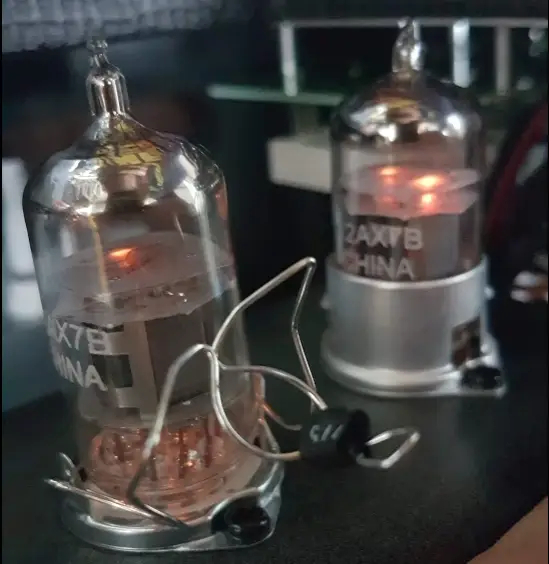
The humble electron valve /tube / vacuum tube. Found here in it’s native environment firmly inserted into a socket and seen hanging from a metal chassis. That orange glow means it’s working doesn’t it? It shows good health, great sound and it definitely cannot be a valve, it’s probably a pesky capacitor or fuse or something else. (so i read on a forum)
The orange strip or blob you see on the top of a valve is simply a heater element, it is coated with a chemical and it generates electrons.. Nothing else! hey it’ll generally work even if the valve case is shattered! The little heater glow in 99% of the cases doesn’t give any indication to a faulty valve without testing.
Below are some examples of faults you can see a Valve do when they go wrong!!
Redplating, glowing Cherry Red & Overcurrent
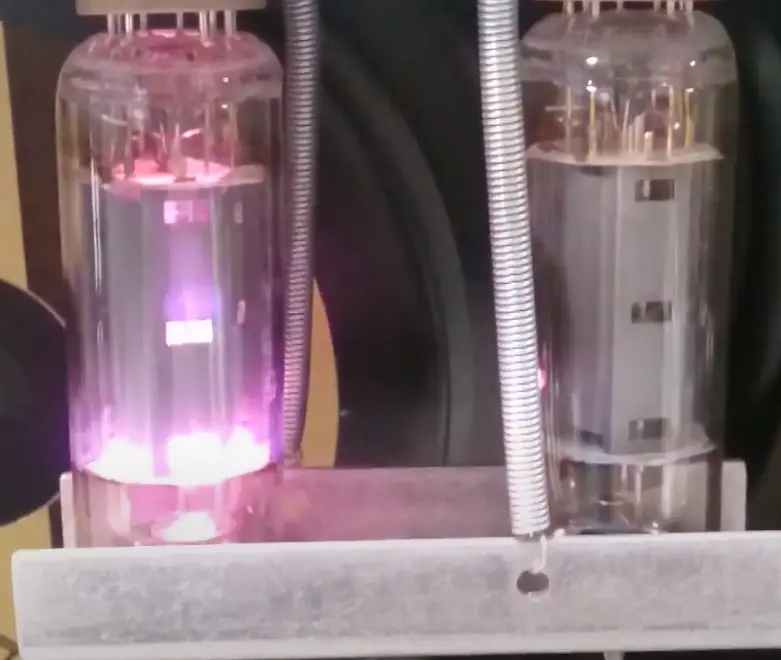
Plasma Purple Arc
In this picture the valve appears to be having a surge of current internally and is shown by the Plasma in the vacuume lighting up as a resultant. This would indicate a serious over current situation and or a faulty valve. Sometimes a faulty valve would be denoted by this flashing like a fireworks display and loud pops and crackles heard through the speaker even with the master volume down.
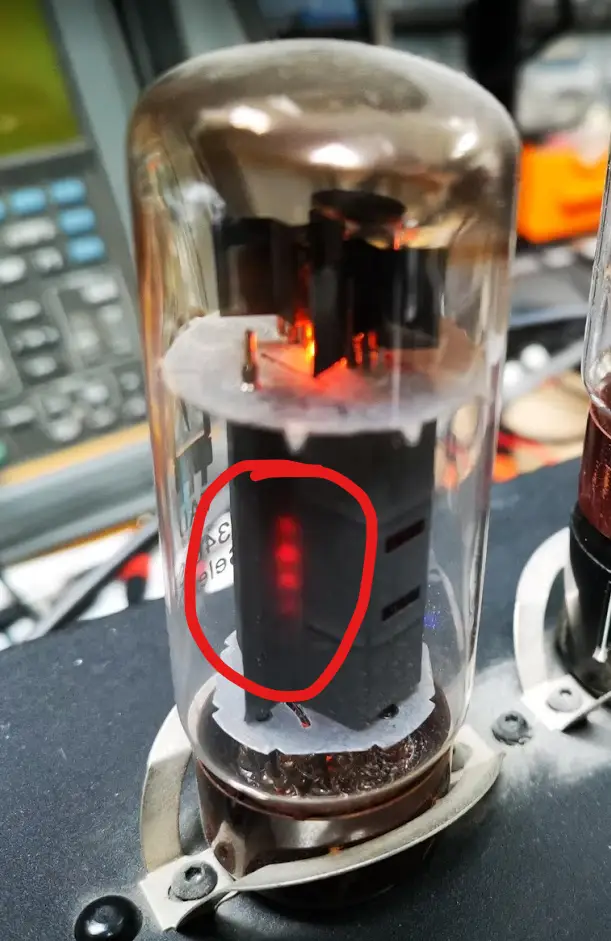
Redplating (not usual orange glow)
If an overcurrent situation in a valve lasts too long it can cause the plate inside the valve to start to glow red, this isn’t the normal orange line you see (the heater) but actually the whole valve plate starting to glow. This is a serious overload condition and if ran for too long like this would cause resistors internally to blow, and likely damage to output transformers. This situation may be referred to as “redplating”
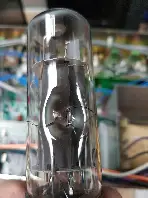
Overheating Deformed Glass
This is quite a serious case where the plate has been heated so much that the heat has softened the glass envelope and distorted and cracked it. We don’t see them that often, but you always know it must have been a good blow! This kind of damage is likely to blow components inside the amp and you’ll likely smell some nasty smoke from things cooking!
What does a white top on a valve mean?
Notice the two valves here. The one on the right is typically a ‘normal’ looking valve, the one on the left has a white powdery finish inside the top. This is a sign that the valve has a crack or lost it’s vacuum and air has rushed in and reacted to the getter materials inside the valve. In order for electrons to operate correctly in a valve they need to be in a vacuum, all the air is sucked out when they are manufactured and the silver finish you see at the top is as a result known as ‘getter’ which is a process used to maintain and achieve a vacuum.
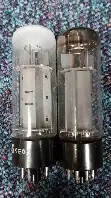
So there you go, reporting that your amp has stopped working but the valves all looks ok is as frustrating to a mechanic by saying my car has stopped working, but the windscreen is clean.
With all the faults listed above we would highly recommend that you have the amp seen to by a professional to establish if there is any underline fault. Too often we have horror stories of musicians simply changing the valves with all new only to have their new valves burn a slow horrible death within one gig!
Book in with a professional and save money in the long run!
Other Issues Not Easily Seen
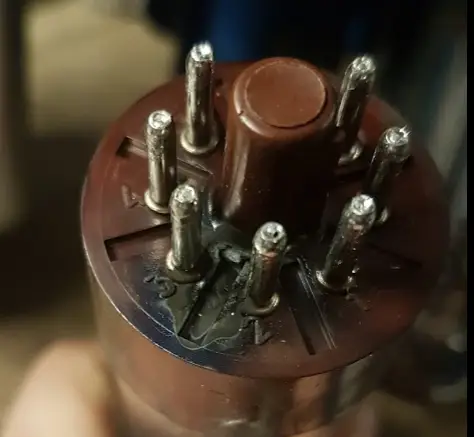
For some reason people try to clean valve bases using WD40, this may work on older cars, but please not on amplifiers. Due to the very low flashpoint of the lubricant you’ll likely have a small fire on your hands. Fire generates carbon, carbon conducts electricity. High voltages on valve amps will find insulation weakness, very quickly the situations starts at bad and gets much much worse! Even without lubricant or any other chemicals valve bases can burn and this problem will likely result in one of the faults at the top of this page.
